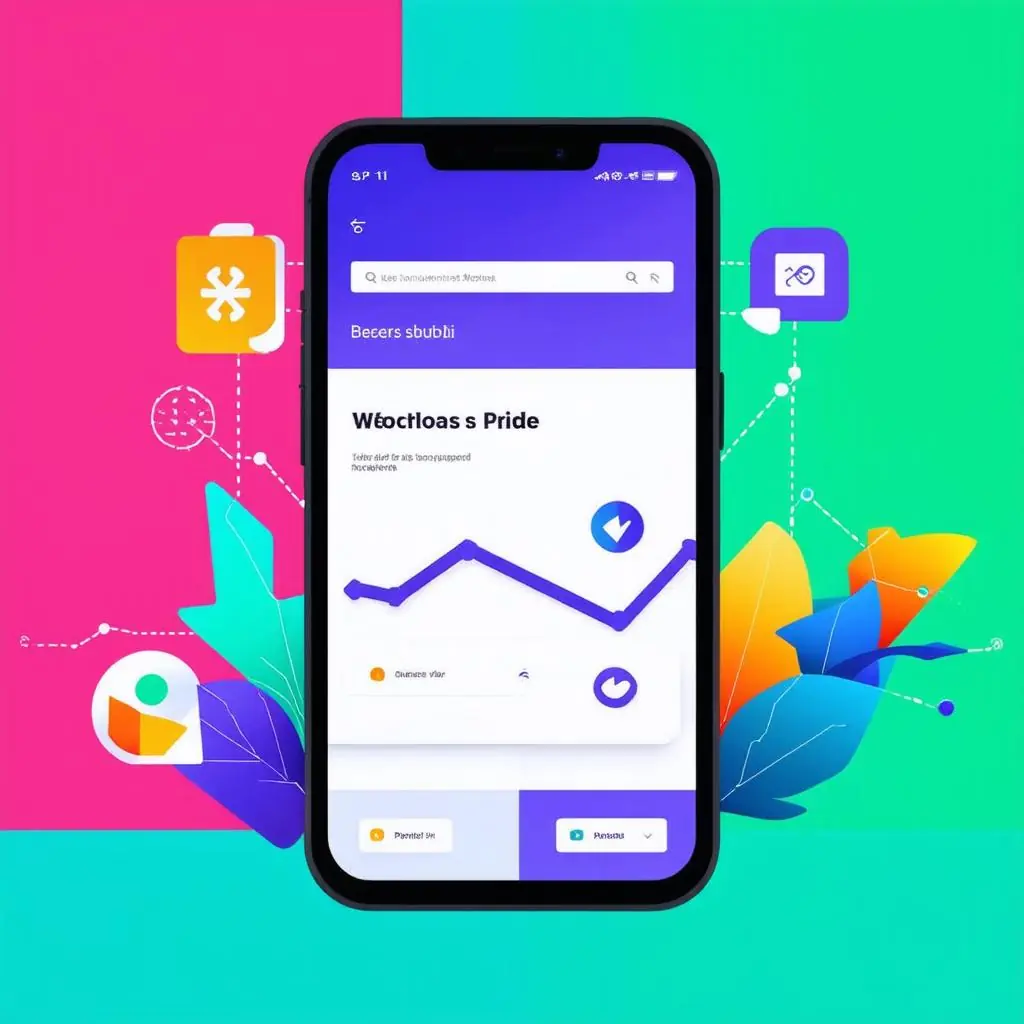In today’s digital landscape, having a mobile-optimized website isn’t just an option; it’s a necessity. As more consumers turn to their smartphones for browsing, shopping, and engaging with brands, small businesses can no longer afford to overlook mobile optimization. This crucial aspect of web design not only enhances user experience but also plays a significant role in boosting customer engagement and conversion rates.
The Impact of Mobile Optimization on Customer Engagement
When a website is optimized for mobile devices, it provides a seamless user experience, which is key to keeping visitors engaged. Websites that load quickly, display correctly on small screens, and are easy to navigate hold the attention of users far better than those that do not. A mobile-friendly site encourages users to stay longer, explore more pages, and interact with content. This heightened engagement can lead to increased brand loyalty and higher chances of conversion.
For small businesses, customer engagement is particularly critical, as it often directly influences conversion rates. An optimized website demonstrates professionalism and reliability, factors that can significantly affect a potential customer’s decision to make a purchase or inquire about services.
Enhancing Conversion Rates with Mobile Optimization
A mobile-optimized website caters to the growing number of mobile shoppers, offering an easy and convenient way for them to make purchases. Features like streamlined checkout processes, mobile payment options, and quick loading times reduce the friction usually associated with online shopping. This reduction in obstacles is crucial for minimizing drop-off rates and maximizing conversions.
Moreover, Google prioritizes mobile-friendly websites in search rankings, meaning that optimized sites are more likely to appear at the top of search results. Higher visibility can drive more traffic to your site, increasing the potential for conversions. For small businesses aiming to grow their customer base, this can be a game-changer.
Practical Steps to Optimize Your Website for Mobile
For small business owners looking to optimize their websites, these practical steps can enhance user experience and drive business growth:
Responsive Design: Ensure your website has a responsive design that adapts to various screen sizes. This will guarantee that your site looks and functions well on both desktop and mobile devices.
Optimize Loading Speed: Slow loading times can frustrate users, leading them to leave your site. Compress images, leverage browser caching, and minimize redirects to improve your website’s speed.
Simplify Navigation: Mobile users should be able to find what they need quickly and easily. Use a clean, intuitive layout with simple menus and visible call-to-action buttons.
Mobile-Friendly Content: Keep content concise and easy to read on small screens. Use bullet points, subheadings, and short paragraphs to maintain clarity and user engagement.
Regular Testing and Updates: Regularly test your website on different devices to ensure it maintains its mobile-friendly status. Stay updated with the latest mobile optimization techniques to continually improve user experience.
Conclusion
Mobile optimization is a powerful tool for enhancing customer engagement and conversion rates. For small businesses, adopting a mobile-friendly approach not only boosts online presence but also strengthens customer relationships and drives sales. By implementing thoughtful design and functionality enhancements, small business owners can ensure their website meets the demands of today’s mobile-savvy consumers, setting the stage for continued growth and success.



